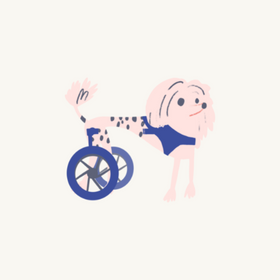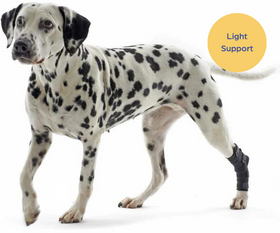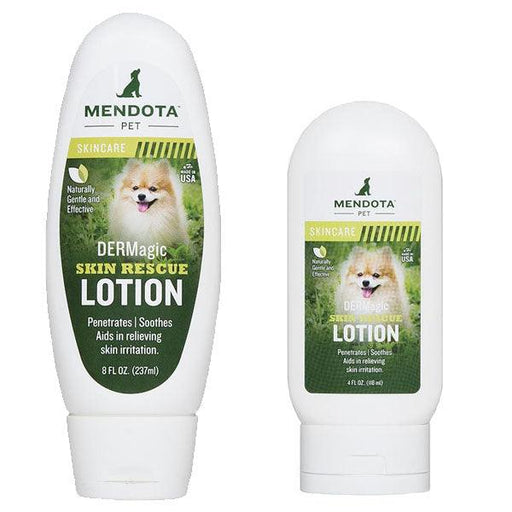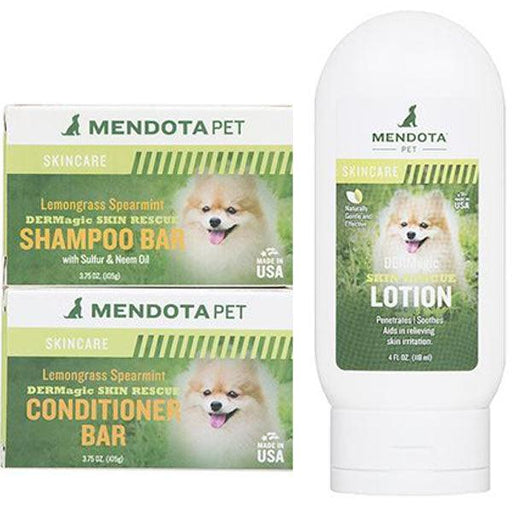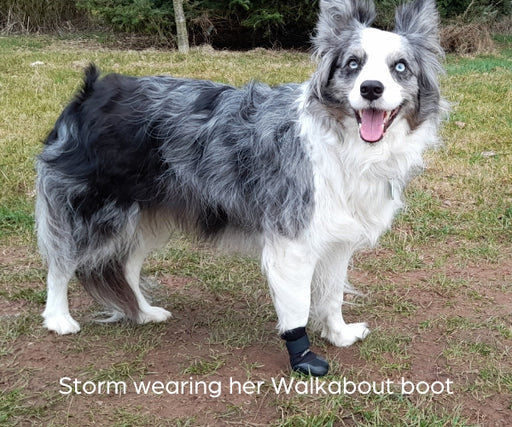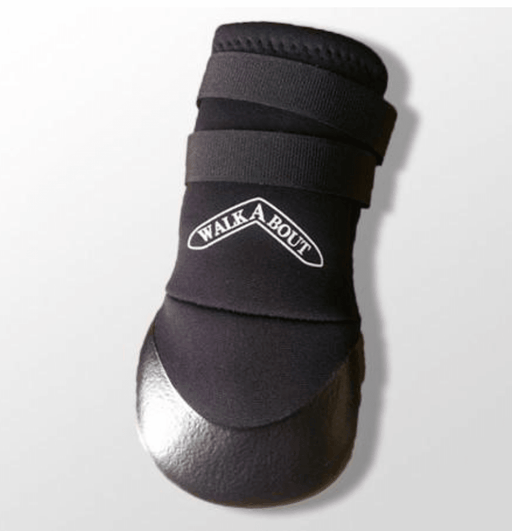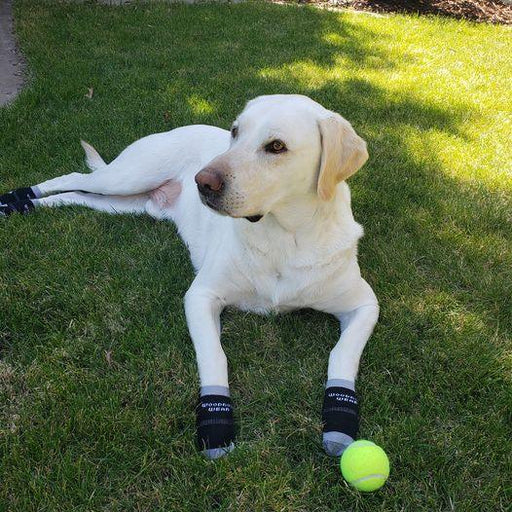Grass pollen is a powdery, fine dust and gets everywhere because it’s airborne. Your dog takes in pollen through the skin and through the mucus membranes into the lungs. Pollen doesn’t need to be in physical contact with your dog’s skin to cause symptoms. The pollen then causes some dogs’ immune systems to overreact, and release histamine for protection. An allergic response follows. Grass allergies might lead to skin or upper respiratory allergies.
Grass allergies can occur all year round. However, generally, you’ll notice that grass allergies are worse in the Spring and Autumn when pollen counts are higher. Whilst the symptoms may be irritating for your dog, they’re rarely life threatening. A severe allergic reaction, known as anaphylaxis, is extremely uncommon.
Secondary skin infections can occur if your dog scratches to excess because of the skin irritation caused by a grass allergy.

